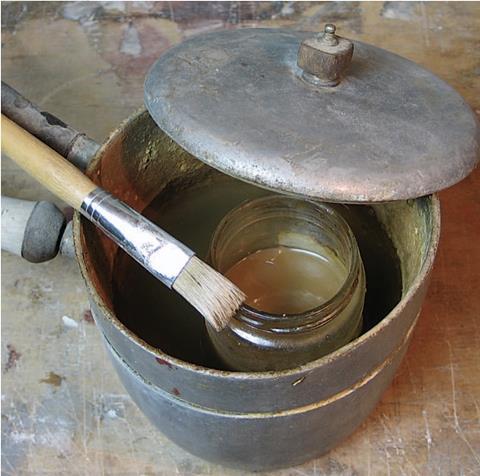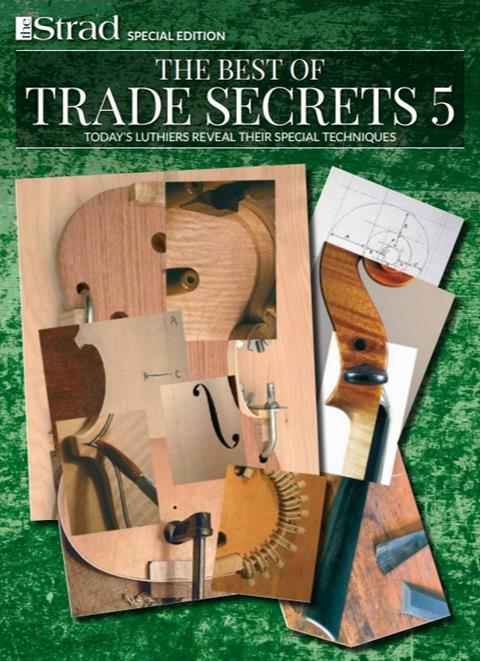John Dilworth sings the praises of natural adhesive in violin making in this article from February 2013

Discover more lutherie articles here
This article is from the February 2013 issue of The Strad
Like most solitary types, I spend my days talking to the cats, and when they’re not around, communicating with inanimate objects. Every morning I put on a fresh pot of glue. Sometimes I sing to it. It’s good stuff, glue. Leim in German. Does it have anything to do with lime trees or lime fruit? Linden? I doubt it. Colle in French and colla in Italian – obviously from collagen. Which it is. Broken-down animal bone and skin. It’s strong, it’s tough, if you use just enough. It’s also thousands of years old, and has never been bettered as a way of putting two bits of wood together.
Properly done, a glue joint is stronger than the wood. Take a shaving off a centre joint and snap it. If it breaks on the glue line, you haven’t done it properly. If it snaps on a wood grain, as it should, you’re OK. Soak it in hot water, or brush a line of alcohol on it, and it will give up as if it were never there. You can repair violins almost perpetually, because of glue. A well-made glue joint is also invisible. It draws into the wood grain, rather than leaving a line of adhesive or cement. If Andrea Amati had used epoxy resin, the violin world would be very different.
So glue deserves a celebratory song. I have a pot soaking from the evening before. I could, if I had the time, let hours pass watching the little granules swell, absorb the distilled water and release tiny interstitial bubbles of air until the glue has broken down into an amorphous mass. It’s all in a conveniently sized jar that used to be home to some pickled herring. I have a cupboard full of them, all the same brand. Nice with some brown bread at lunchtime.

But in the morning, the jar goes into the glue bath, which is my mother-in law’s old kitchen bain-marie. She used it for melting chocolate for cakes and making custard for her apple pies. Sadly it just smells of glue now. But glue is a good, familiar smell, which intrigues visitors and customers. A violin workshop tends to smell of glue, linseed oil and spruce, predominantly (and maybe a few other things after a long day toiling at a hard maple cello back). But this is an unusual environment these days. Not offensive, I hope. In the evening I sweep up, and put another batch of glue into a pickled-herring jar. But sometimes I forget. Maybe the cats interrupted. It doesn’t matter. But I like glue. Maybe that makes me a Limey.
Read: Trade Secrets: Making purfling with fish glue
Read: Making Matters: A Major Sticking Point
Discover more lutherie articles here
This article is from the February 2013 issue of The Strad
An exclusive range of instrument making posters, books, calendars and information products published by and directly for sale from The Strad.
The Strad’s exclusive instrument posters, most with actual-size photos depicting every nuance of the instrument. Our posters are used by luthiers across the world as models for their own instruments, thanks to the detailed outlines and measurements on the back.
The number one source for a range of books covering making and stinged instruments with commentaries from today’s top instrument experts.
This year’s calendar celebrates the top instruments played by members of the Australian Chamber Orchestra, Melbourne Symphony, Australian String Quartet and some of the country’s greatest soloists.














































No comments yet